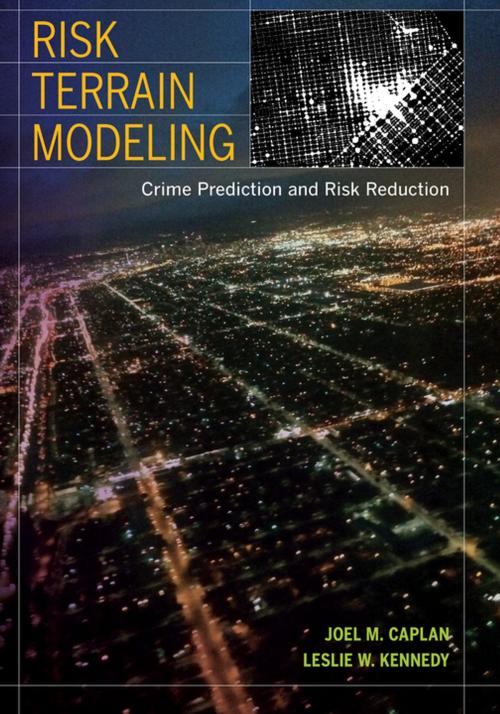Risk Terrain Modeling
Crime Prediction and Risk Reduction
Nonfiction, Social & Cultural Studies, Social Science, Crimes & Criminals, Criminology| Author: | Joel M. Caplan, Leslie W. Kennedy | ISBN: | 9780520958807 |
| Publisher: | University of California Press | Publication: | June 28, 2016 |
| Imprint: | University of California Press | Language: | English |
| Author: | Joel M. Caplan, Leslie W. Kennedy |
| ISBN: | 9780520958807 |
| Publisher: | University of California Press |
| Publication: | June 28, 2016 |
| Imprint: | University of California Press |
| Language: | English |
Imagine using an evidence-based risk management model that enables researchers and practitioners alike to analyze the spatial dynamics of crime, allocate resources, and implement custom crime and risk reduction strategies that are transparent, measurable, and effective.
Risk Terrain Modeling (RTM) diagnoses the spatial attractors of criminal behavior and makes accurate forecasts of where crime will occur at the microlevel. RTM informs decisions about how the combined factors that contribute to criminal behavior can be targeted, connections to crime can be monitored, spatial vulnerabilities can be assessed, and actions can be taken to reduce worst effects.
As a diagnostic method, RTM offers a statistically valid way to identify vulnerable places. To learn more, visit **http://www.riskterrainmodeling.com **and begin using RTM with the many free tutorials and resources.
Imagine using an evidence-based risk management model that enables researchers and practitioners alike to analyze the spatial dynamics of crime, allocate resources, and implement custom crime and risk reduction strategies that are transparent, measurable, and effective.
Risk Terrain Modeling (RTM) diagnoses the spatial attractors of criminal behavior and makes accurate forecasts of where crime will occur at the microlevel. RTM informs decisions about how the combined factors that contribute to criminal behavior can be targeted, connections to crime can be monitored, spatial vulnerabilities can be assessed, and actions can be taken to reduce worst effects.
As a diagnostic method, RTM offers a statistically valid way to identify vulnerable places. To learn more, visit **http://www.riskterrainmodeling.com **and begin using RTM with the many free tutorials and resources.















